
Inspecting: Impact Indicators | Stitching | Labels
EQUIPMENT INSPECTION
What to Look for!
Part 3 of 3
Impact Indicators
There are many signs that an inspector can look for that indicates an item has been impacted or overloaded. Many of these items are by design and built right into the component. This is not an exhaustive list, but commonly seen impact indicators.
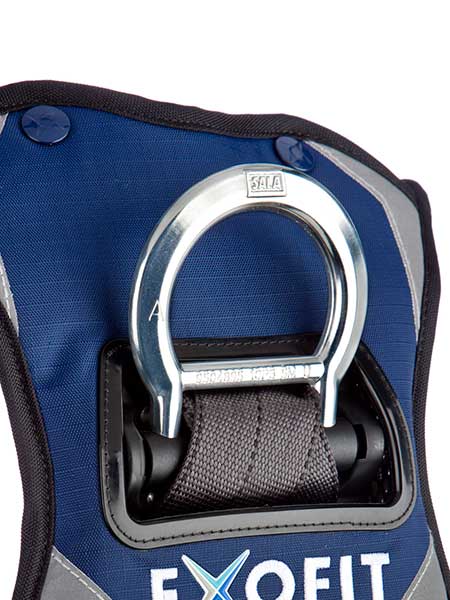
DORSAL D-RING IMPACT INDICATORS
Dorsal D-ring impact indicators are commonly being manufactured into the dorsal D-ring of a harness.
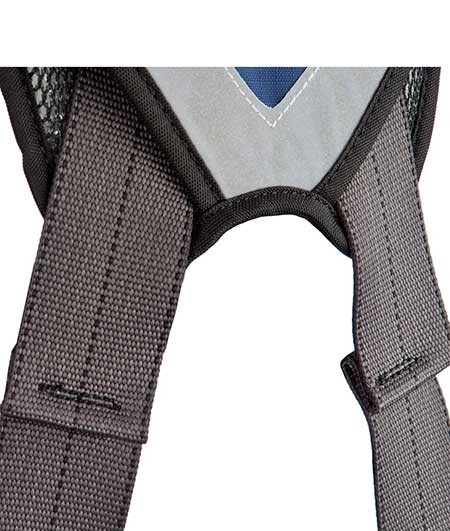
POP-STITCH IMPACT INDICATORS
Folding over and stitching the webbing creates a pop-stitch, which breaks when impacted or loaded.
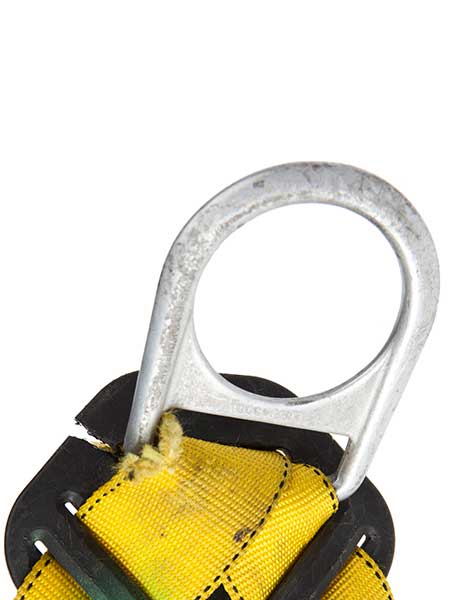
DORSAL PAD
A broken dorsal D-ring pad is in indicator of fall arrest or overloading.
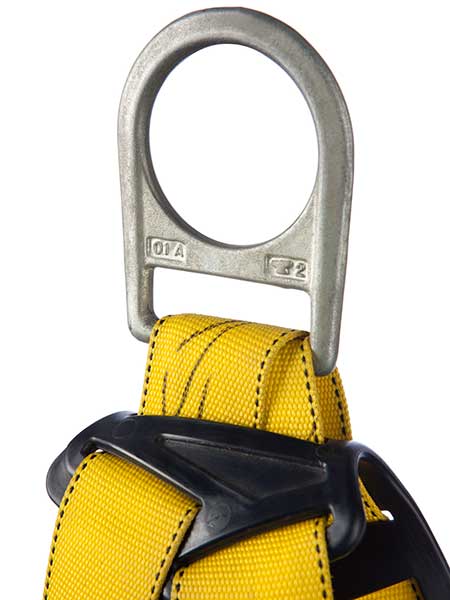
HEAT SIGNATURES
Heat signatures on colored webbing are an obvious sign of fall arrest.
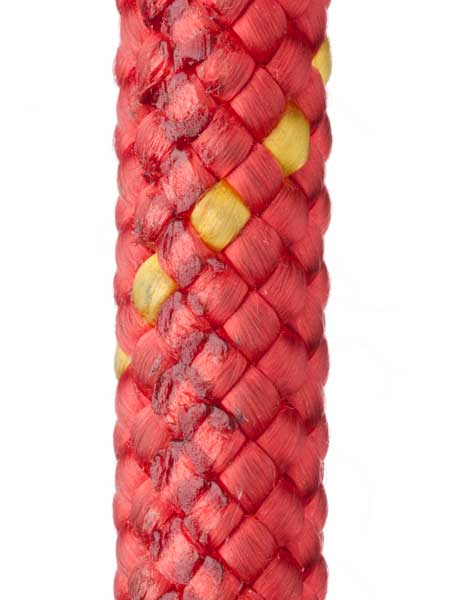
GLAZING
Glazing on ropes indicates a force and weight applied, melting an area of the rope.
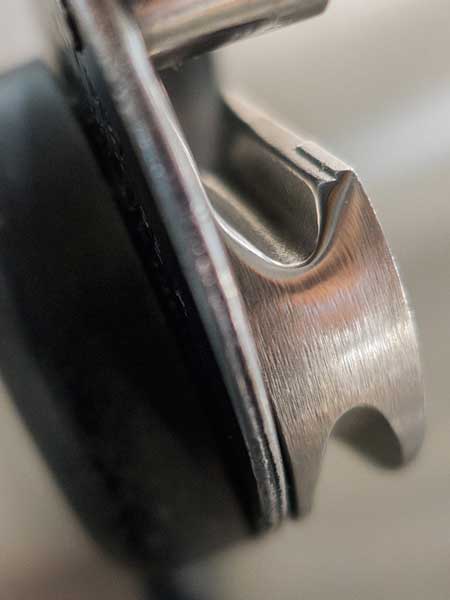
WEAR INDICATOR
Metal notches on ascenders and cam type devices indicate loading.
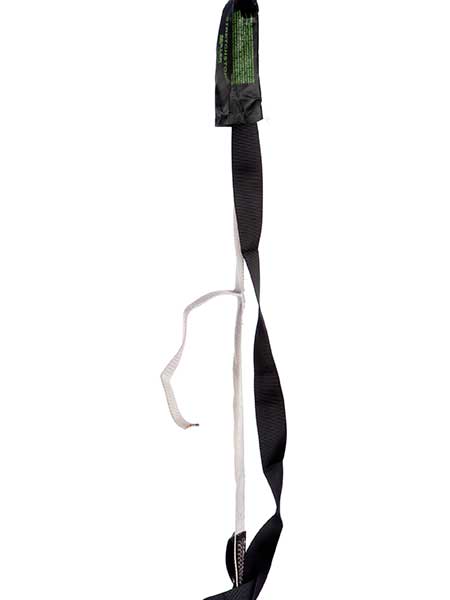
ENERGY ABSORBERS
Deployed energy absorbers indicate fall arrest or loading.
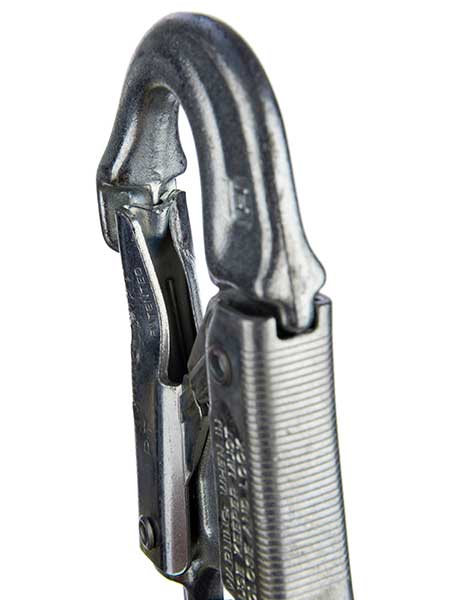
DEFORMITY
Deformity can indicate fall arrest, but it usually indicates extreme overloading or misapplication of an item (i.e. transversely loaded snaphook)
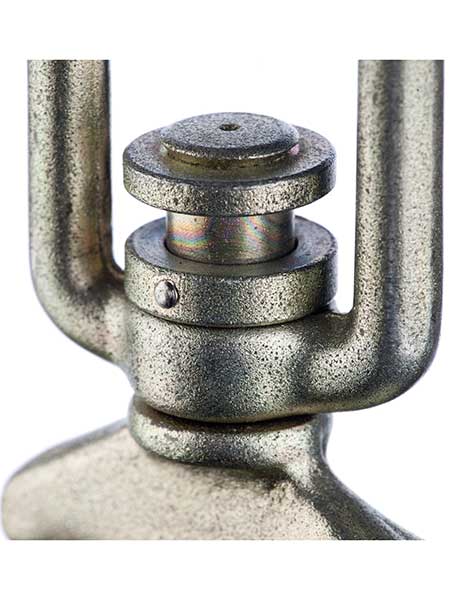
SELF-RETRACTING DEVICES INDICATOR
Most self-retracting lifelines have some indicator on the snaphook that deploys to indicate fall arrest.
Stitch Patterns
Stitch patterns hold two pieces of webbing together or capture a metal component. The two sections of webbing are laid together and stitched, usually with a rectangular lock-stitch pattern. Threads used have to be in contrasting color from the webbing and the same material as the component (i.e. nylon thread on nylon web). Stitch patterns are very strong and a damaged stitch pattern would indicate one of two things; extreme abrasion in the surrounding area or extreme loading. Once a stitch pattern is broken or begins to unravel, the item should be retired.
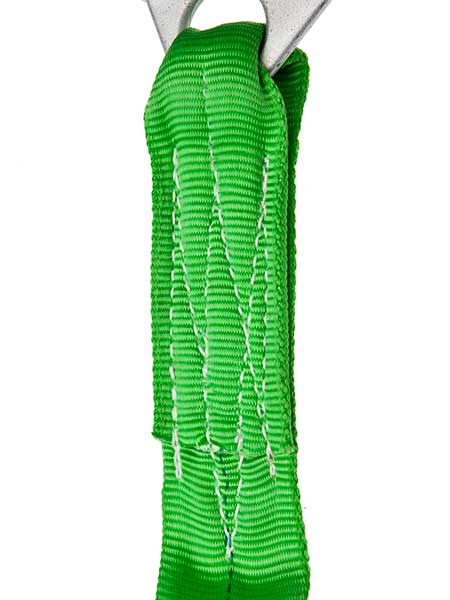
INTACT STITCH PATTERN
Notice the end of the thread, which doesn’t indicate damage.
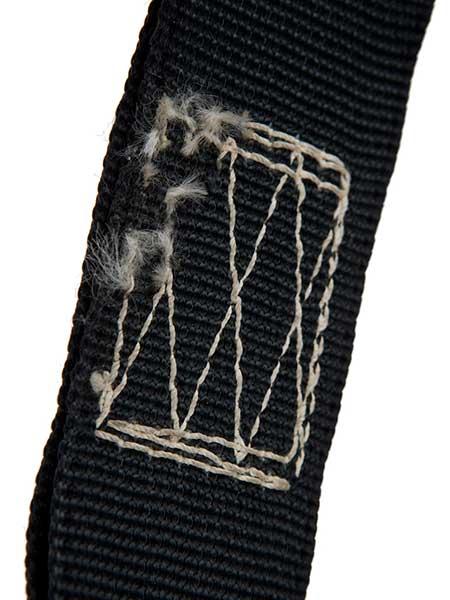
DAMAGED STITCH PATTER
Missing stitch pattern, weakening the structural integrity, remove from service.
Labels & Markings
The label provides a wealth of information for an inspector. One of the first items an inspector will look for is the product label since the model and serial number are located there as well as the manufacturer date, standards reference, regulation reference, warnings, previous inspection dates, and maybe even specific employers identification. Unlike synthetic slings, if an items label is worn, dirty or damaged, it does not make the item illegal or unsafe. It is certainly a negative point for the item during the inspection process, but a dirty or torn label does not singularly mean an item should be taken out of service. As an inspector, a torn label may be an indicator of a fall or damage and would cause the inspector to look for other signs of damage. The label is important because it allows an inspector to be able to trace the item back to a manufacturer, lot number, dates and models, but the label does not affect the performance of an item.
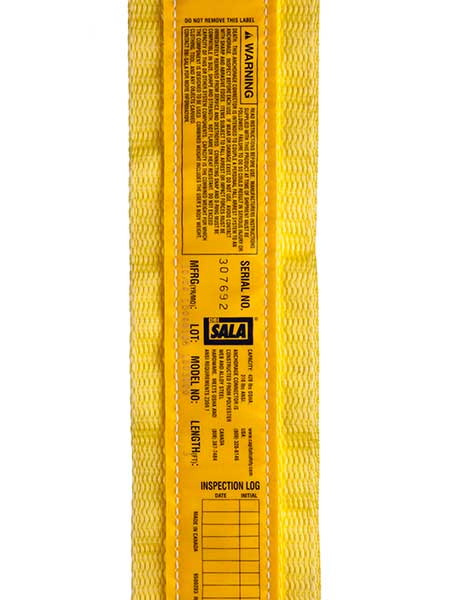
NEW PRODUCT LABEL
Ideally, labels are clean, present and legible.
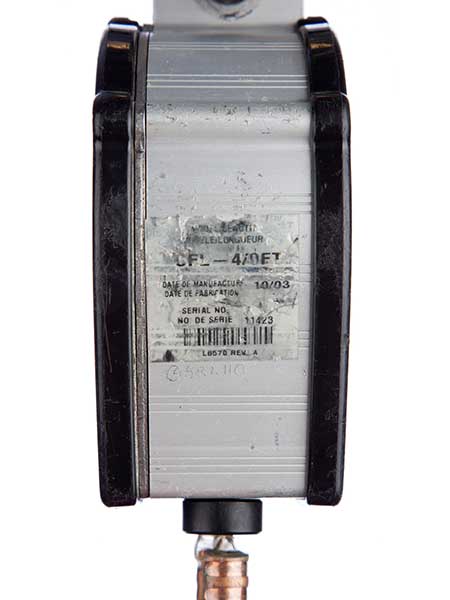
WORN PRODUCT LABEL
As labels wear, identification and traceability of the item become more difficult.

NAME OR MARKING LABEL
Most manufacturers provide a blank area to write text.
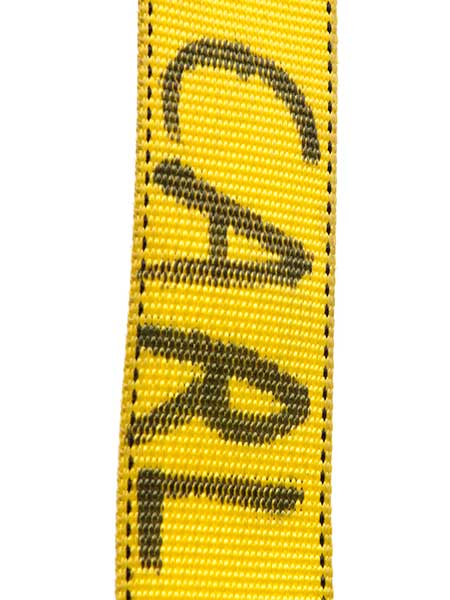
PERMANENT MARKER
Avoid the use of permanent markers. Some marker inks can damage webbing.
Need Help Inspecting Your Equipment
If you have any additional questions or need a replacement, contact our Equipment Advisors at 800.755.8455.
